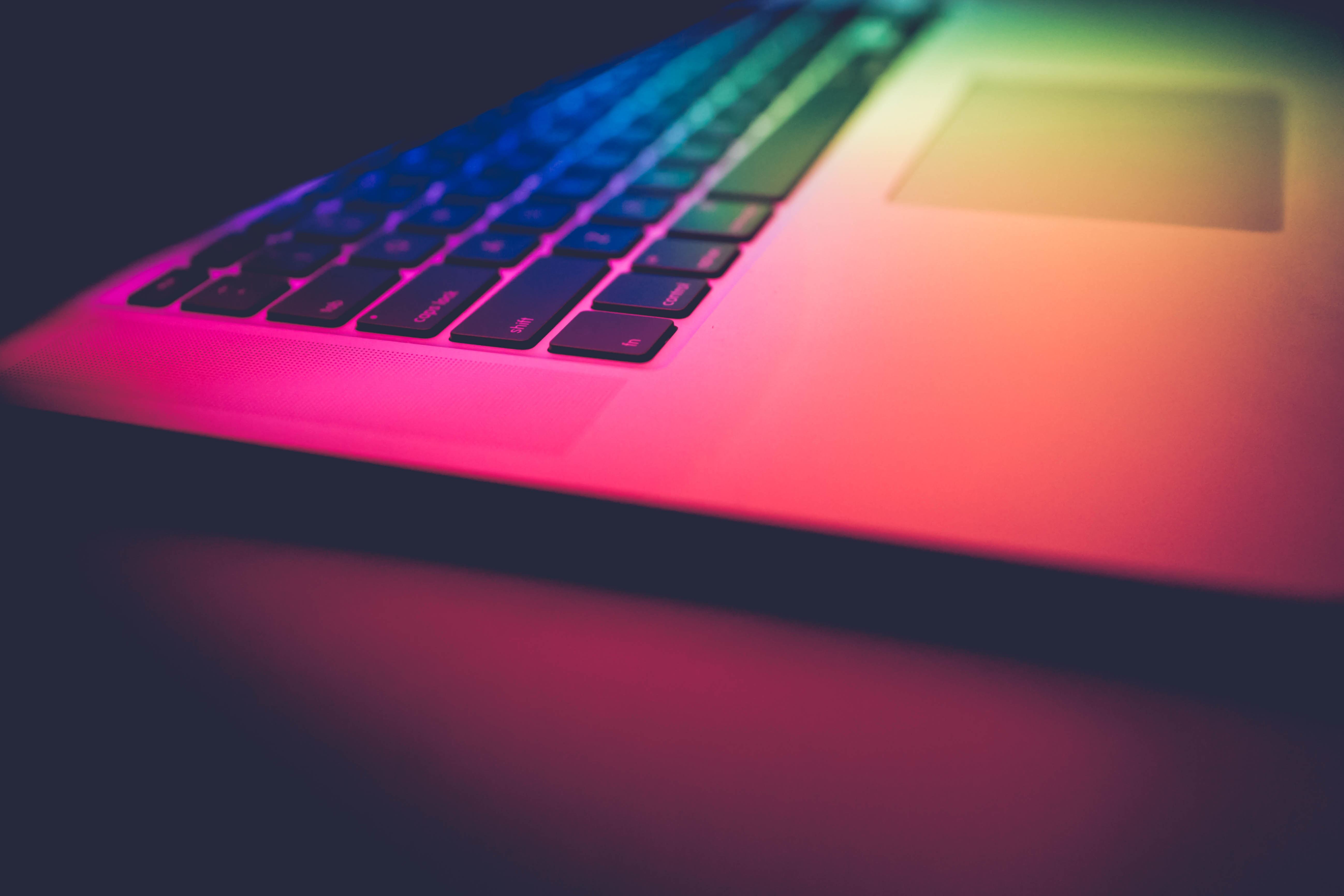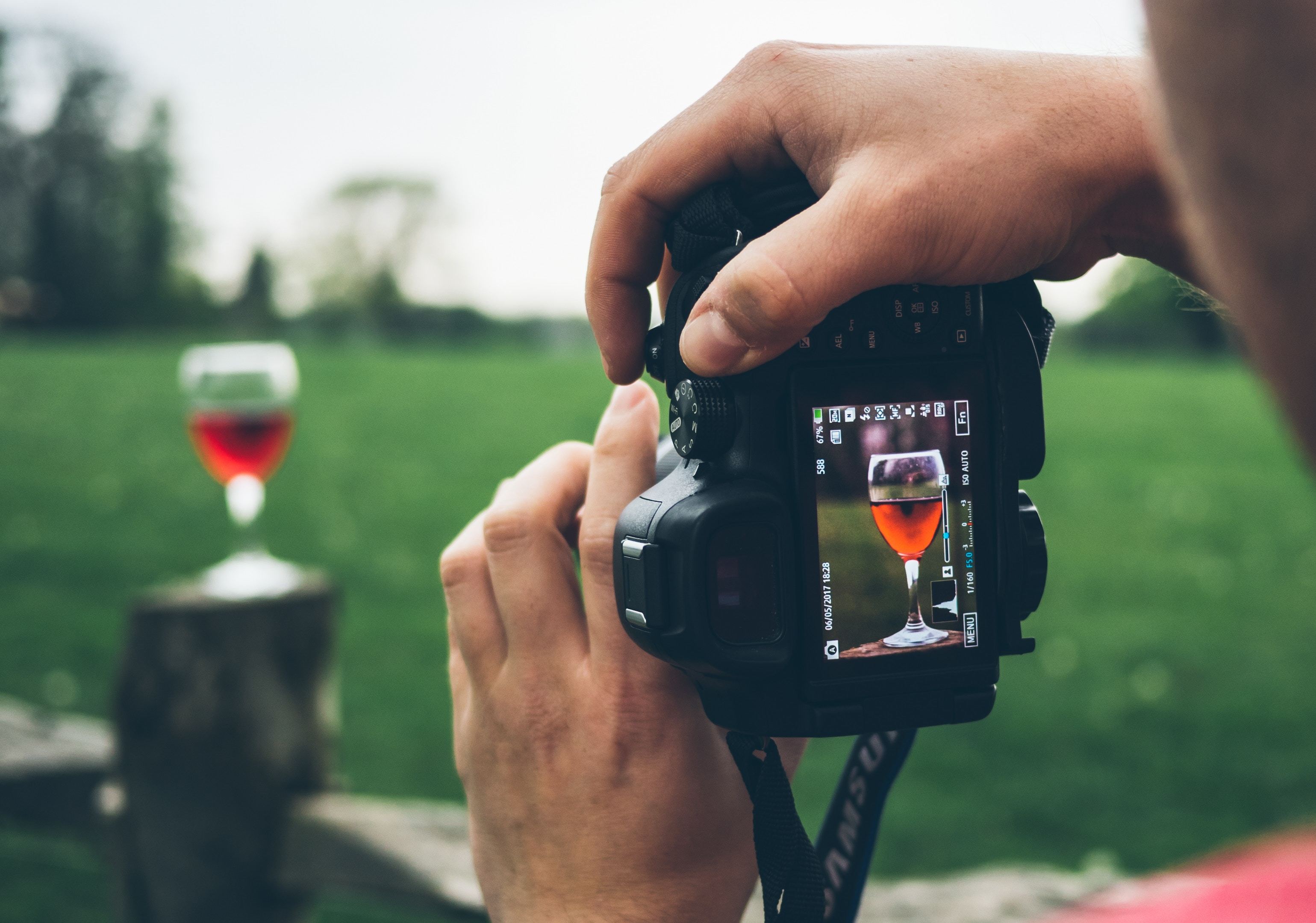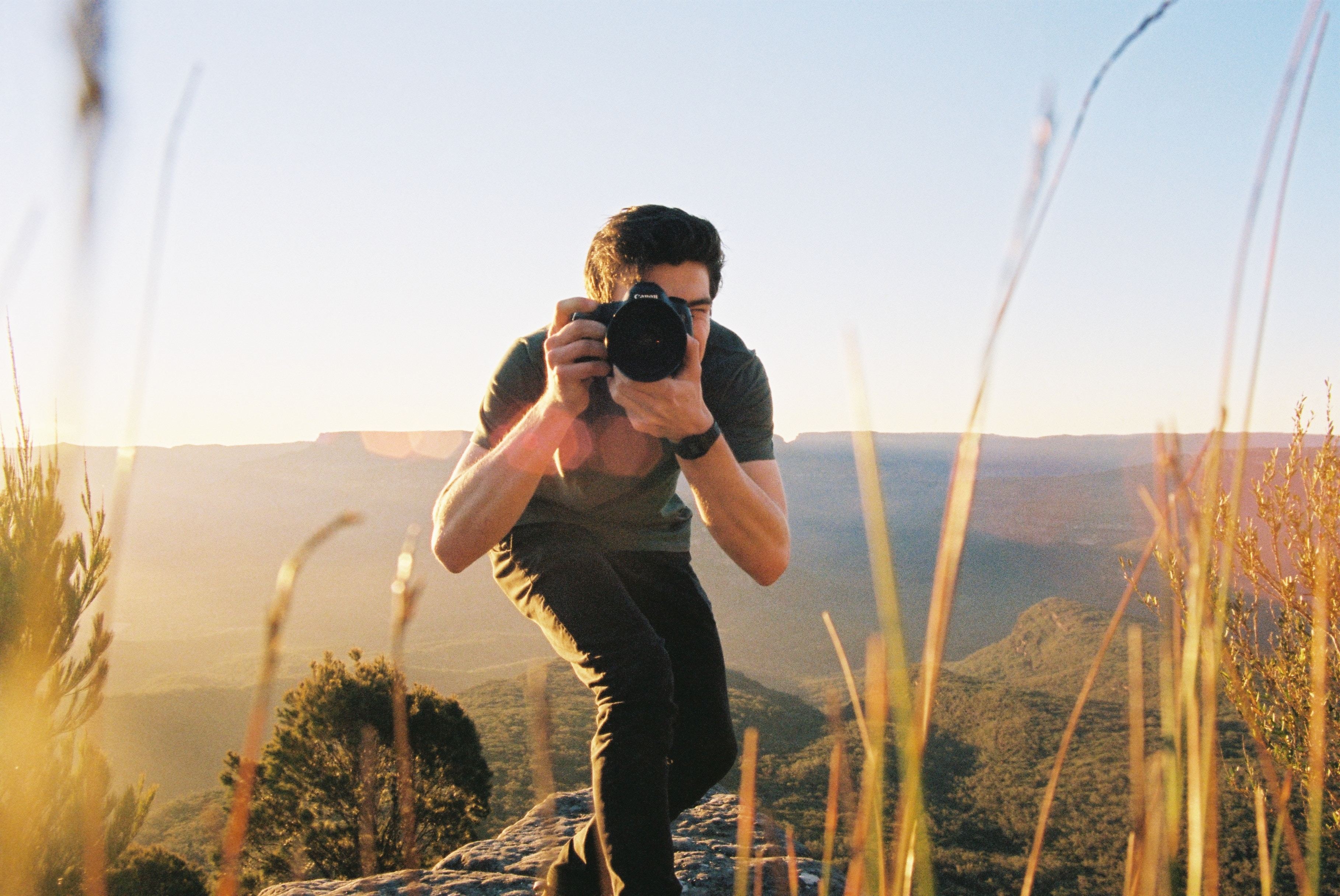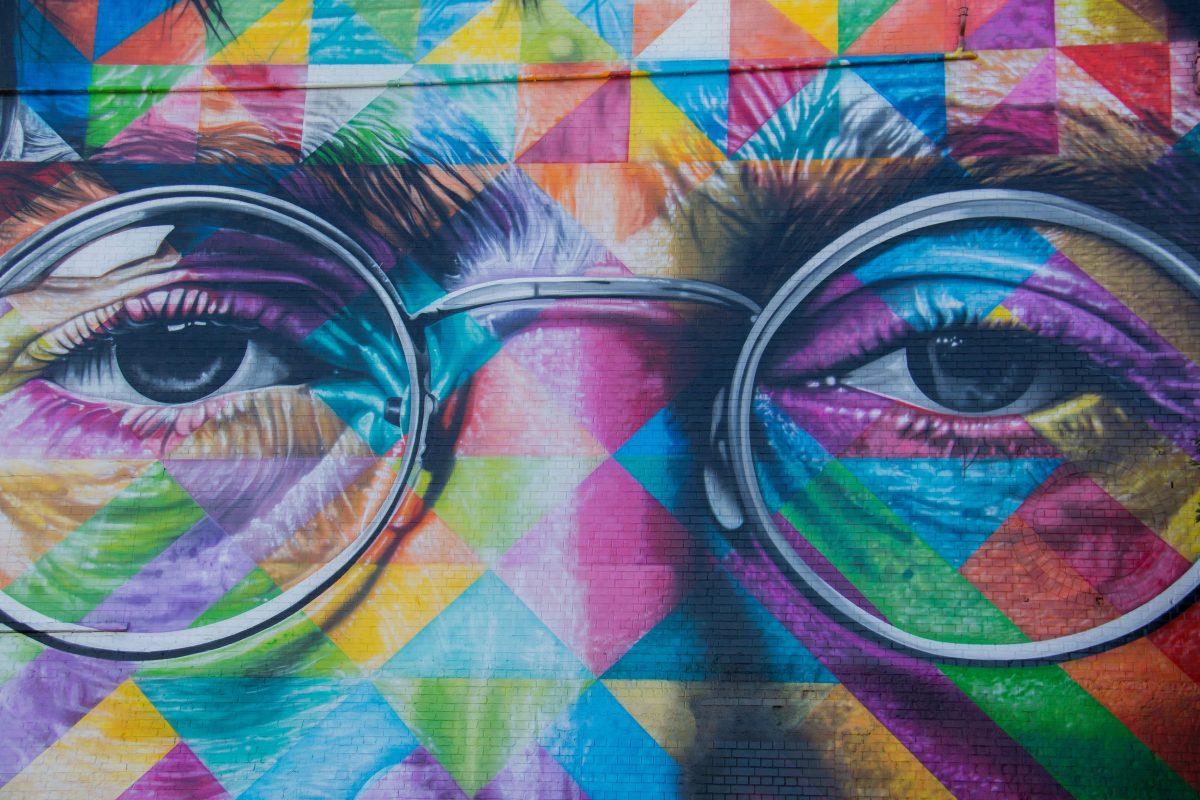In the 21st century, art itself appears to be a struggle to find the correct meanings, feelings and perspectives to understand, and yet to internalise the events and beings within the human environment. The structures of Renaissance Art or the aspects of Medieval times are not at the focus of art anymore. The reason for this is because humankind, and global citizens, have confronted the ideological background, value systems and memories of those centuries via different channels before. This confrontation has affected the way people reflected their feelings and opinions in art. The art pieces of those centuries have been produced under this heavy influence.

Currently, people are following the inner nudge of confrontation with what has been left open in the recent past, evolving in the present moment and possibly transferred in the developing future. The structures which are used in art pieces nowadays are so much influenced by the era of digitalisation. With the latest developments in technology, people can reach specific information or the help which they are looking for. Especially with the skyrocketing use of mobile apps, varying from digital art to art history, from route planning to finding a doctor such as livi app, almost everything can be reached very easily via smartphones.

Under the heavy influence of digitalisation, the structures, shapes, angles and also perspectives which people use to benefit in creating their art pieces in the past have been altered dramatically. The use of digital photography and the 3D technologies have increased so much so, that people started to enjoy changing the phenomena of the real world and create another visual which was unthinkable before. The story of reimagining the dark realities of daily life, and the creative ways of expressing what is yet to be revealed, make people curious to try what art has to offer them. Here is a short list of innovative software systems which develop unique pieces of art from the solid reality of the current moment, and the digital apps for strengthening the bonds between humans and the history of art.

Popular Software Systems for Digital Art
Digital art has been reflected mostly in digital photography, animation, conceptual video making and 3D design for industry and entertainment. Adobe Photoshop, Paintstorm Studio and BlackInk are quite popular among users for digital art. Programmes such as Lightroom and Skylum Luminar can also benefit digital photography. ToonBoom Animation and MotionBuilder are becoming more popular for creating animations. Substance Painter, Blender and Mari are known to be the most preferred 3D printing software. For architectural and constructional design, Revit and AutoCAD can be considered respectively.
Carry Digital Art in Your Pocket
Why not carry the whole of art history in your pocket, secretly hidden in a mobile app? During the day, people use mobile apps on their smartphones countless times. If you like to keep in touch with art among daily life practices, you can try DailyArt App, Art Quiz App or even Sketchbook App or Art-droid App. You will refresh your art memory and apply your creativity.

